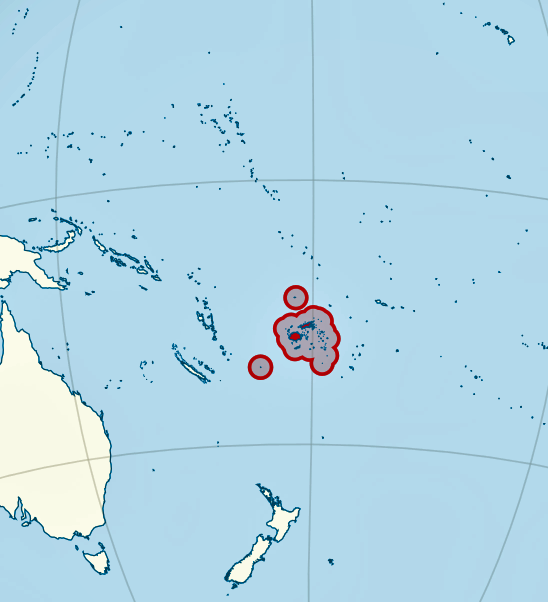
Where exactly is Fiji?
Destination Fiji is a frame of mind, but geographically it’s more or less two thirds the distance from Hawaii to Australia.
To be specific, the Fiji archipelago is located approximately 4,450 km (2,775 mi) southwest of Honolulu and 1,770 km (1,100 mi) north of New Zealand. Flight time to Fiji is 10 hours from Los Angeles; four hours from Sydney; slightly over two hours from Auckland and about six hours from Honolulu.
Fiji’s closest neighbor to the east is the Polynesian Island of Tonga. To the west is Vanuatu (formerly the New Hebrides) which is ethnically Melanesian.
Longitudinally, Fiji is where the new day begins; on the 180th meridian the International Date Line makes a special eastward bend around the island group so that all of the country keeps the same time. You can visit the side of the 180th meridian if you visit Taveuni.
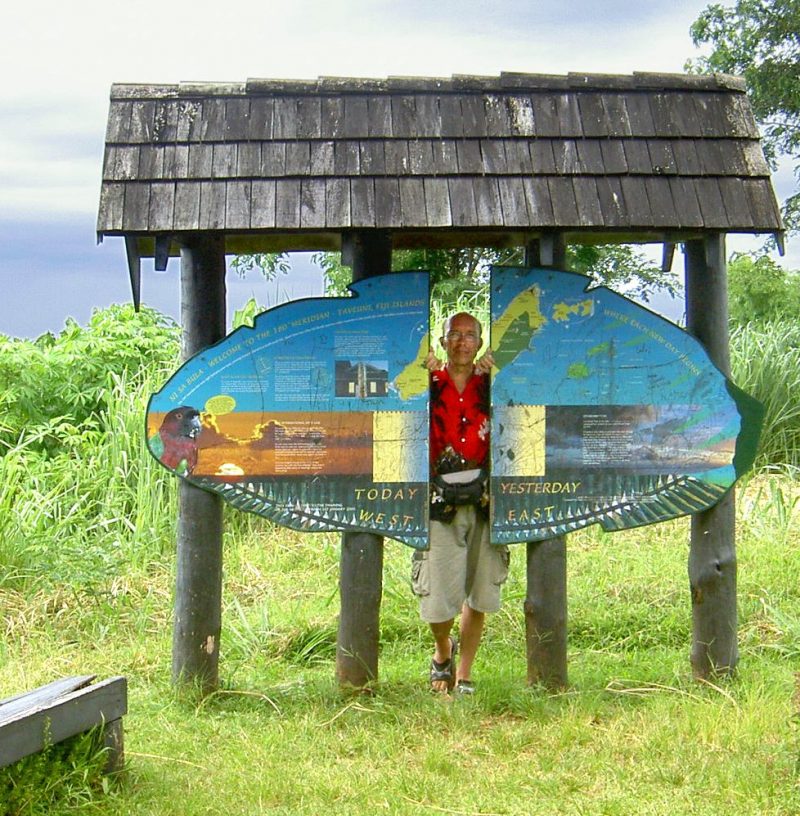
The territorial waters of Fiji are defined in the deed of cession, as all that area ‘lying between the parallels of latitude of 15 degrees south and 22 degrees south of the equator, and between the meridians of longitude of 177 degrees west and 175 degrees east of the meridian of Greenwich’.
In 1965 the boundary was extended by one degree to take in Conway Reef, extending the limit to 174 east. In latitude, the Fiji islands correspond with Tahiti, Townsville in Australia, Zimbabwe, Rio de Janeiro and northern Chile.
Fiji Islands Map
Of the 333 islands and 522 smaller islets making up the archipelago, approximately 106 are permanently inhabited. The largest island Viti Levu, covers about 57 of the nation’s land area and has the two largest metropolitan areas (the capital Suva, and Lautoka). It also hosts and most of the other major towns, ie, Ba and Nadi (the site of the international airport) and contains some 69% of the population. The second largest island, Vanua Levu, is 64 km to the north of Viti Levu, covers just over 30 of the land area and is home to some 15% of the population. The two major communities there are main towns are Labasa and Savusavu.

Other islands and island groups make up only 2.5 % of the land area. These include Taveuni and Kadavu (the third and fourth largest islands respectively), the Mamanuca Group (just off Nadi), and Yasawa Group (north of the Mamanuca Islands), the Lomaiviti Group (located geographically in the center of the archipelago) and the distant Lau Group which is seldom visited by tourists. The only major town on any of the smaller islands is Fiji’s former capital Levuka, located on the island of Ovalau.
Top Photo: Mountain Scenery at Namosi courtesy Stefan Cabaniuk


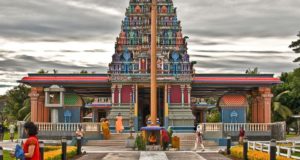
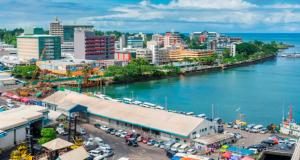
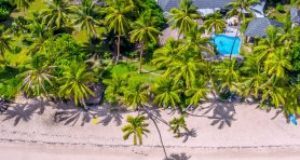
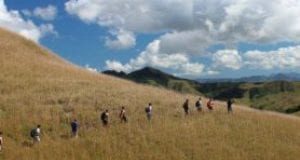
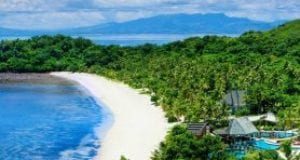
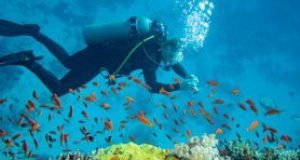
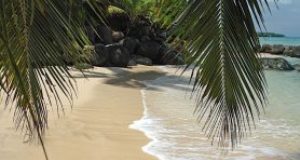
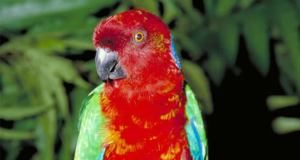
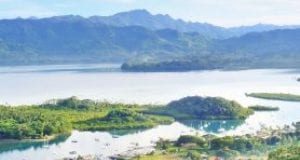
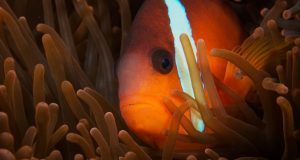
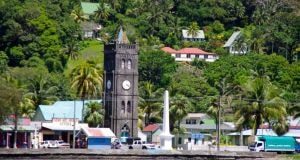
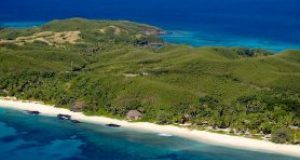
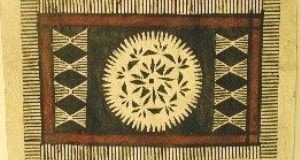
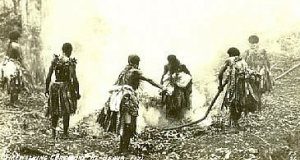
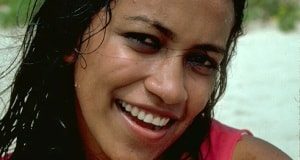


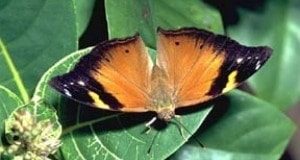
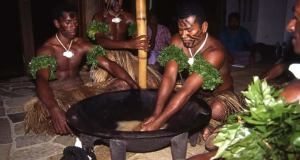


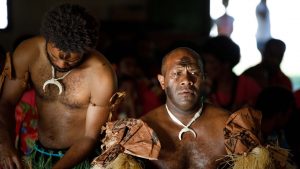
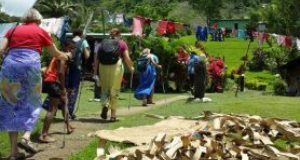
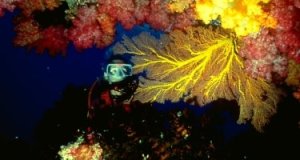
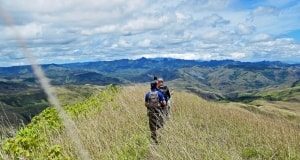
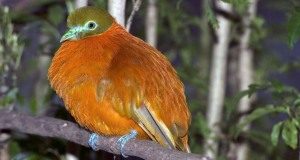
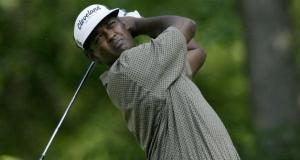
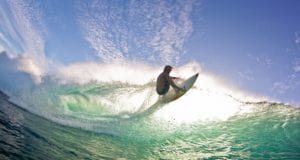
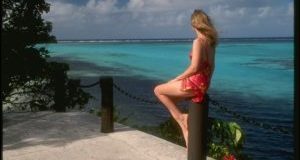
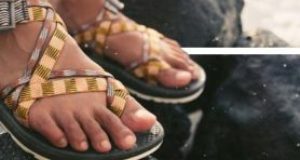
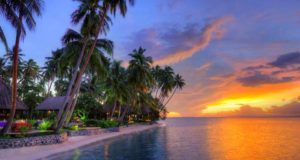
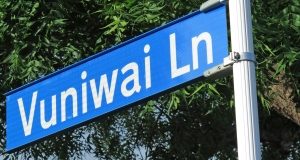
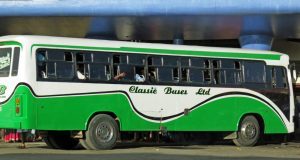

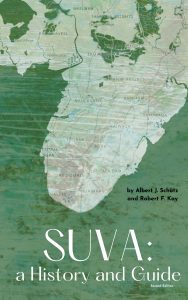
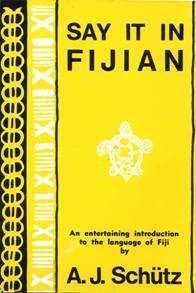

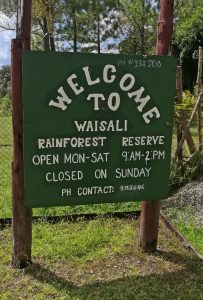
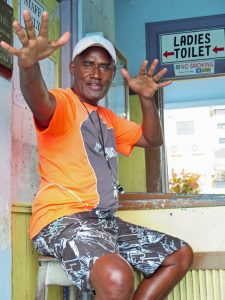

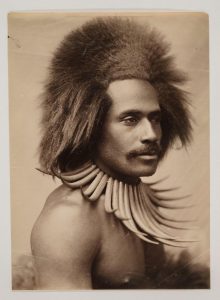

Leave a reply